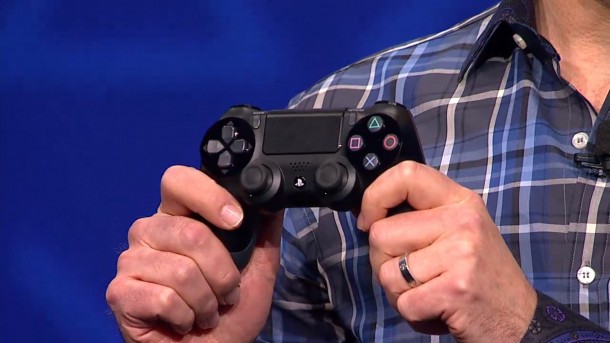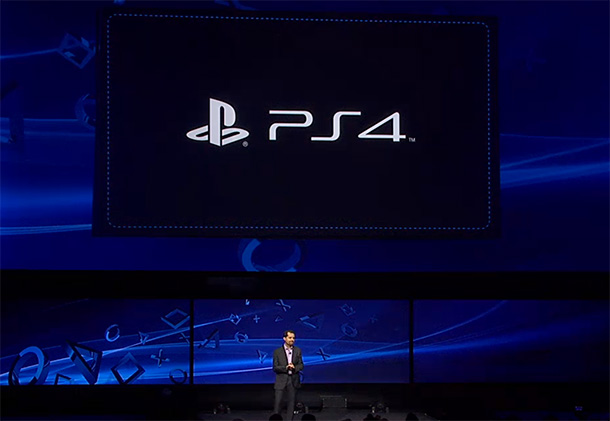 [dropcap]“B[/dropcap]ut as I release from that handshake and study the bizarre device resting on my greeter’s brow, my mind begins to fixate on a single question: who would want to wear this thing in public?” – Joshua Topolsky, The Verge.
[dropcap]“B[/dropcap]ut as I release from that handshake and study the bizarre device resting on my greeter’s brow, my mind begins to fixate on a single question: who would want to wear this thing in public?” – Joshua Topolsky, The Verge.
Project Glass, Google’s pair of Wi-Fi-connected glasses, might change our lives. It could change how we communicate and capture our world. It could replace the cell phone. But all the potential disappears when we see someone wearing them. They look unnatural, alien. But we’re curious. Our reaction is like a caveman discovering fire.
 New technology has that effect on us. We’re hesitant if it conflicts with our perception of normal. But eventually, our curiosity prevails and we adapt. The iPad was once blamed for being “just a giant-iPhone,” and now those same naysayers argue it’s a necessity. “Don’t knock it ‘till you try it,” they say.
New technology has that effect on us. We’re hesitant if it conflicts with our perception of normal. But eventually, our curiosity prevails and we adapt. The iPad was once blamed for being “just a giant-iPhone,” and now those same naysayers argue it’s a necessity. “Don’t knock it ‘till you try it,” they say.
It’s difficult to understand the point of motion controls until you bowl your first strike in Wii Sports. Nintendo’s antitheses to traditional controller layouts lies in that single moment. The Wii’s abstract concept changed how we play games, and how we think about them.
Nintendo has always been the anomaly in the console space. It’s known for creating devices like the dual-screened Nintendo DS and the Virtual Boy, a failed, early version of virtual reality gaming. It takes risks and, not until recently with the Wii U, has largely benefited from them.
[pullquote_right]“I don’t think my face looks quite right without my glasses on, and I didn’t think it looked quite right while wearing Google Glass, but after a while it started to feel less and less not-right. And that’s something, right?”[/pullquote_right]Nintendo holds a philosophy that its competitors, Microsoft and Sony, do not: one focused on innovation rather than iteration.
Last Wednesday at an event in New York, Sony chose to take the safe route. The PlayStation 4 defines itself by being better than previous PlayStation consoles. Just as the PlayStation 3 did, and the PlayStation 2 before it.
When thousands of people support a virtual reality headset, salivate over a Linux-based Steam computer and play experimental games on their phone, Sony demonstrates a console that renders better guns in Killzone: Shadow Fall.
But before it showed the games, PlayStation 4 lead architect Mark Cerny explained how Sony’s newest console is a better computer. It will support how we play games with instant downloads, the ability to record and livestream gameplay, and reduced controller latency.
 In the second half, the slide shows stopped and the games began. We learned that with the power of the PlayStation 4 we will cast better looking spells and drive better looking cars. But processing power isn’t a conduit for interesting game design, it’s a reason to have 10 times the enemies on-screen. When Call of Duty: Black Ops 2 and Far Cry 3 sit atop January 2013’s NPD sales data rankings; it’s easy to assume how this power will be used.
In the second half, the slide shows stopped and the games began. We learned that with the power of the PlayStation 4 we will cast better looking spells and drive better looking cars. But processing power isn’t a conduit for interesting game design, it’s a reason to have 10 times the enemies on-screen. When Call of Duty: Black Ops 2 and Far Cry 3 sit atop January 2013’s NPD sales data rankings; it’s easy to assume how this power will be used.
And that’s the problem. When you look at the PlayStation 4, which is just a name for now, you can believe it. It’s familiar. You can imagine how it will function, and you can imagine what types of games you’ll play on it. There’s nothing to be curious about. It’s another PlayStation.



1 Comment